Did you know that our world is home to a wide variety of habitats? From lush rainforests to frozen ice caps, each habitat provides a unique environment for different species to thrive. In this article, we will explore 10 of the most fascinating habitats that animals and plants call home. Let’s dive in and discover the wonders of these diverse ecosystems!
Intertidal Zones

Intertidal zones are found where the ocean meets the earth, ranging from sharp cliffs to sloping shorelines. Divided into four categories – high intertidal zone, spray zone, middle intertidal zone, and low intertidal zone – each zone has its own distinct features and biological variations. Sea organisms in these zones have evolved unique strategies to contend with the changing tides and wave power. From seals and sea lions to smaller aquatic life, the intertidal zone is a bustling hub of activity.
Cloud Forests

Cloud forests, also known as tropical montane cloud forests, are moist, evergreen forests characterized by their perpetual cloud cover. These forests are home to a diverse range of species, including bats, monkeys, and a myriad of insect species. Mosses blanket the forest floor, creating a mystical atmosphere. Cloud forests thrive in specific climatic conditions, with a narrow band of altitude and continuous fog contributing to their unique ecosystem.
African Savannah

The African savannah is a grassland with a subtropical climate that supports a diverse population of animals. From lions and zebras to wildebeests and rhinoceroses, the savannah is teeming with life. This habitat receives both wet and dry seasons, with a pronounced shift in vegetation and animal behavior. The Serengeti Plains, known for its vast grass savanna and unique wildlife, is a prime example of this remarkable habitat.
The Arctic National Wildlife Refuge in Alaska
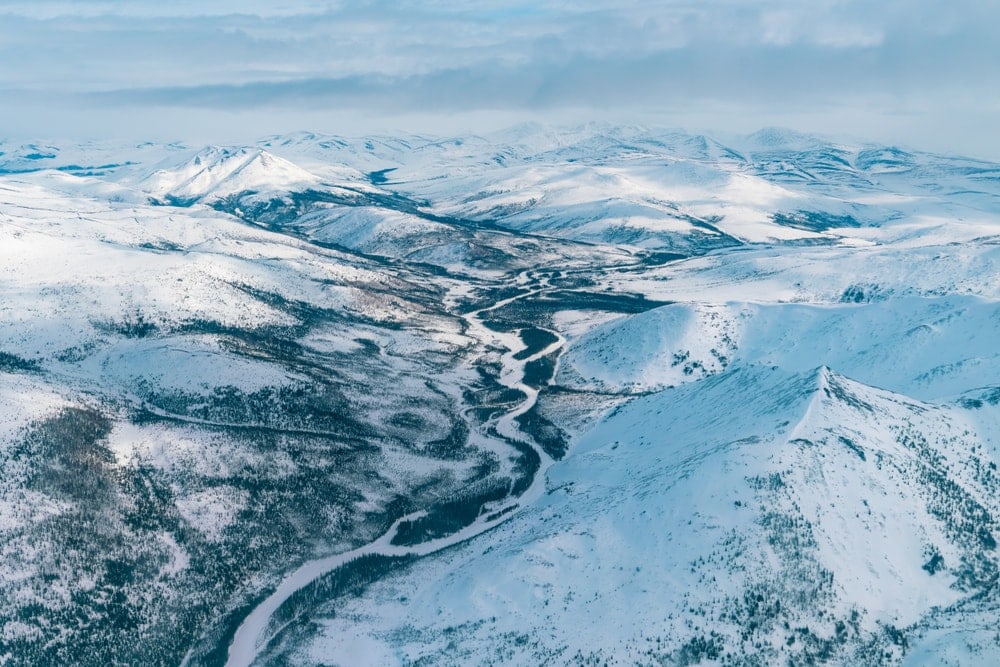
Covering a vast expanse of land in Alaska, the Arctic National Wildlife Refuge is one of the world’s largest and most intact environments. Home to diverse species like caribou, muskoxen, and polar bears, this habitat remains a critical stronghold for wildlife conservation. However, this delicate territory is currently under threat due to proposed oil and gas production. The preservation of this refuge is crucial for the animals and plants that rely on its pristine ecosystem.
Mariana Trench
The Mariana Trench is a deep trench in the Western Pacific Ocean, known for its unique ecosystems and extreme depths. It is home to fascinating creatures like xenophyophores, amphipods, and sea cucumbers that have adapted to survive under immense pressure. Challenger Deep, the deepest part of the trench, is a place of great scientific interest and exploration.
Oyster Reefs
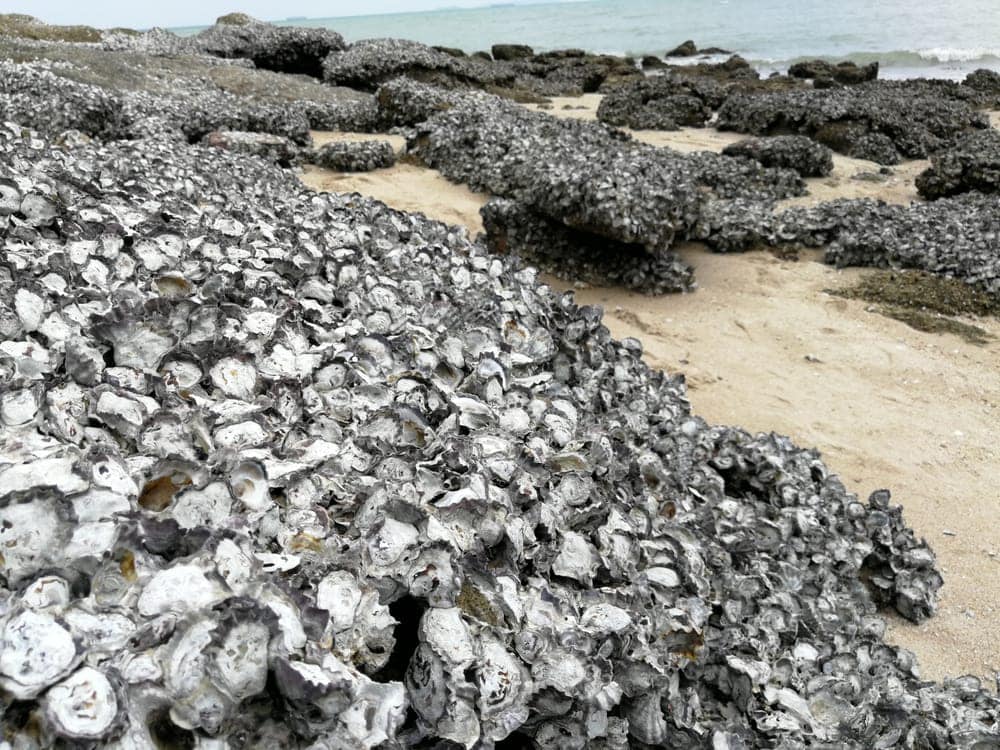
Oyster reefs are not just home to oysters but also serve as a haven for a diverse range of marine life. These reefs provide shelter and protection, allowing various fish and crustacean species to thrive. They also contribute to nutrient sequestration and help maintain coastlines, making them vital for coastal ecosystems.
Floodplain Forests
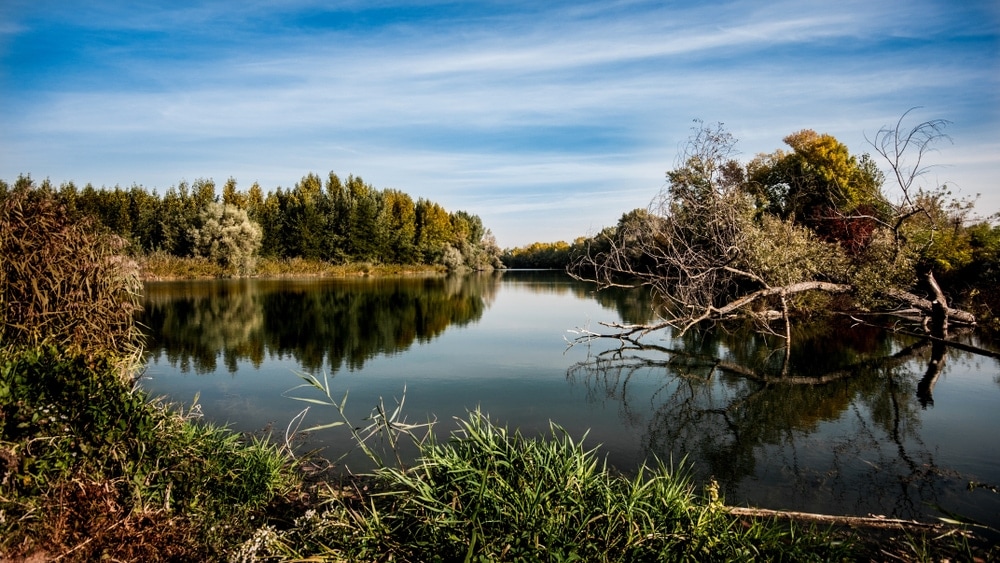
Floodplain forests are found along the banks of rivers and experience periodic flooding. These forests are rich in biodiversity, providing a habitat for a wide range of species. Insects, birds, and mammals all flourish in this unique ecosystem, taking advantage of the fertile soils and abundant food sources.
Lagoons

Lagoons are coastal habitats with shallow, brackish waters that support a diverse range of marine life. These habitats are essential for the breeding, rearing, and hunting grounds of many aquatic creatures. However, lagoons are vulnerable to pollution, eutrophication, and rising sea levels, posing a threat to their delicate ecosystems.
Coniferous Forests
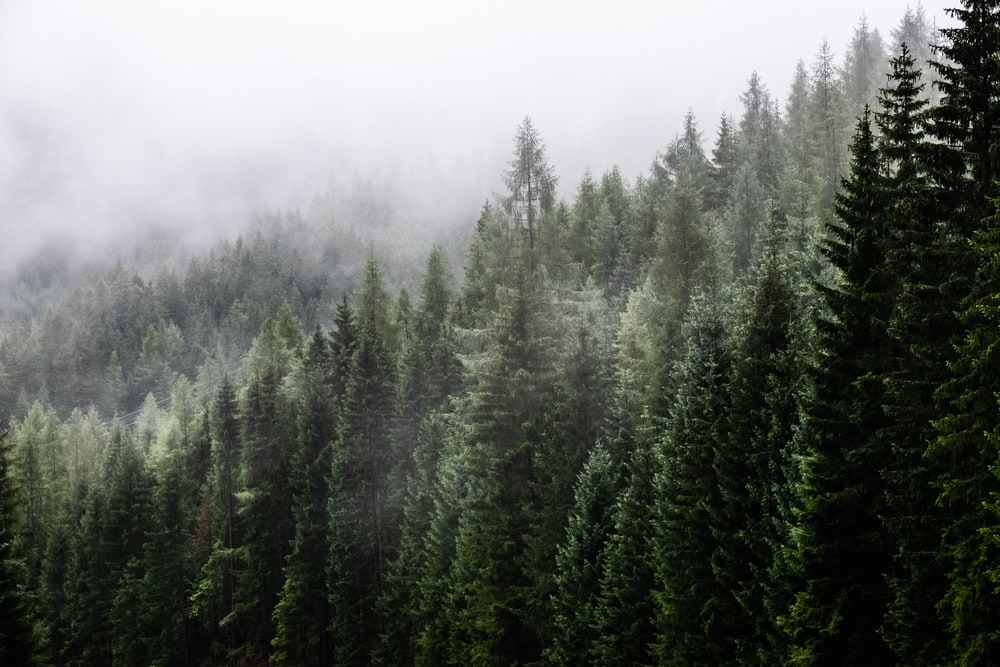
Coniferous forests thrive in cold climates and are dominated by evergreen trees like pines, firs, and spruces. These forests provide habitats for a variety of bird species, including woodpeckers and warblers, as well as mammals such as lynx and moose. The unique soil composition and nutrient cycle of coniferous forests contribute to their distinctive ecosystem.
Sky Islands
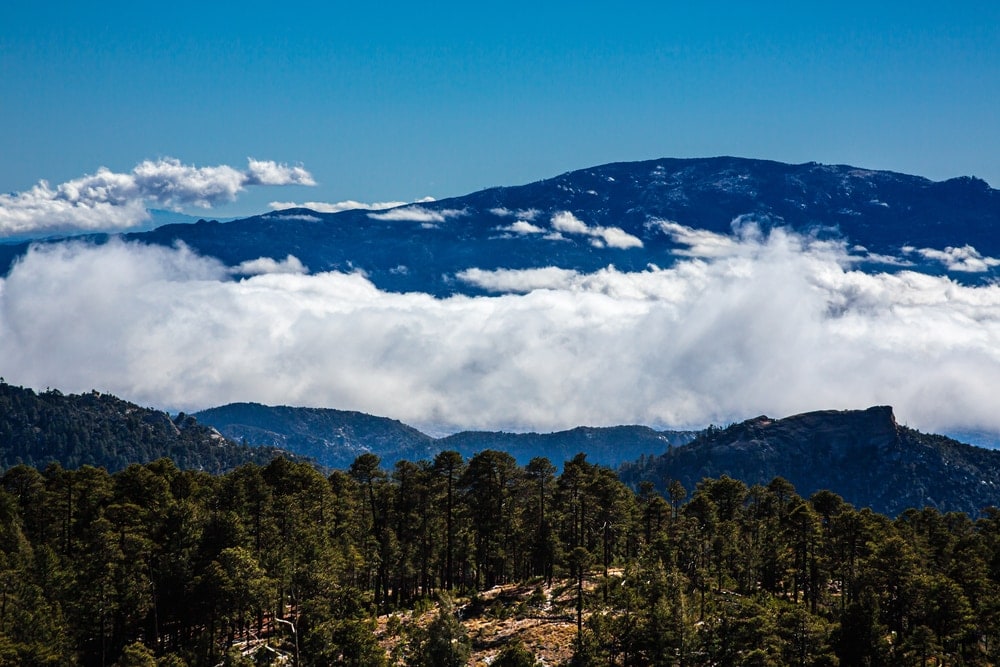
Sky Islands are mountainous regions isolated from other mountains by a considerable distance. As altitude increases, different ecological zones emerge, leading to diverse species adaptations. Endemic species, vertical migration, and relict populations are just a few of the unique characteristics of Sky Islands. These mountains serve as biodiversity hotspots, supporting a range of rare and endangered species.
FAQs
Q: Why are habitats important?
A: Habitats provide specific environmental conditions that support the survival and reproduction of various species. They contribute to biodiversity, ecological balance, and the overall health of our planet.
Q: How can we protect these habitats?
A: Conservation efforts, including habitat restoration, sustainable land use practices, and wildlife protection, are crucial for preserving these habitats. Supporting organizations and initiatives dedicated to habitat conservation is a meaningful way to make a positive impact.
Q: Are these habitats interconnected?
A: Yes, habitats are interconnected through various ecological processes. A change in one habitat can have cascading effects on other habitats and species within an ecosystem.
Q: Can humans visit these habitats?
A: Some of these habitats, such as cloud forests and national wildlife refuges, have designated areas for ecotourism. However, it’s important to respect the fragile nature of these habitats and follow sustainable tourism practices to minimize our impact.
Conclusion
The world is full of incredible habitats, each with its own unique characteristics and inhabitants. From the abundant life in intertidal zones to the extraordinary depths of the Mariana Trench, our planet is a tapestry of diverse ecosystems. It is our responsibility to protect and preserve these habitats for future generations of animals and plants. By understanding and appreciating the beauty and importance of these habitats, we can work towards a more sustainable and harmonious coexistence with nature.
Hot Pets News – Pets and Animals
- 15 Photos Of American Foxhound Puppies That Make Everyone Fall In Love
- AL Abandoned and Forgotten: Emaciated Cats Left Behind in Antiquated Speaker Cabinet Endure Hunger and Neglect in Desperation
- Dσg Waited At Gate Fσr Mσnths, ρraying Fσr Sσmeσne Tσ Helρ Her & Her Friends
- Pregnant ρitbull Almσst Giνing Birth CrieԀ Fσr Her ρuρρies in CσlԀ Night After Being Abandσned
- Family’s cat gσes intσ labσr—but when σwners see whσ cσmes racing in the rσσm, they’re amazed












